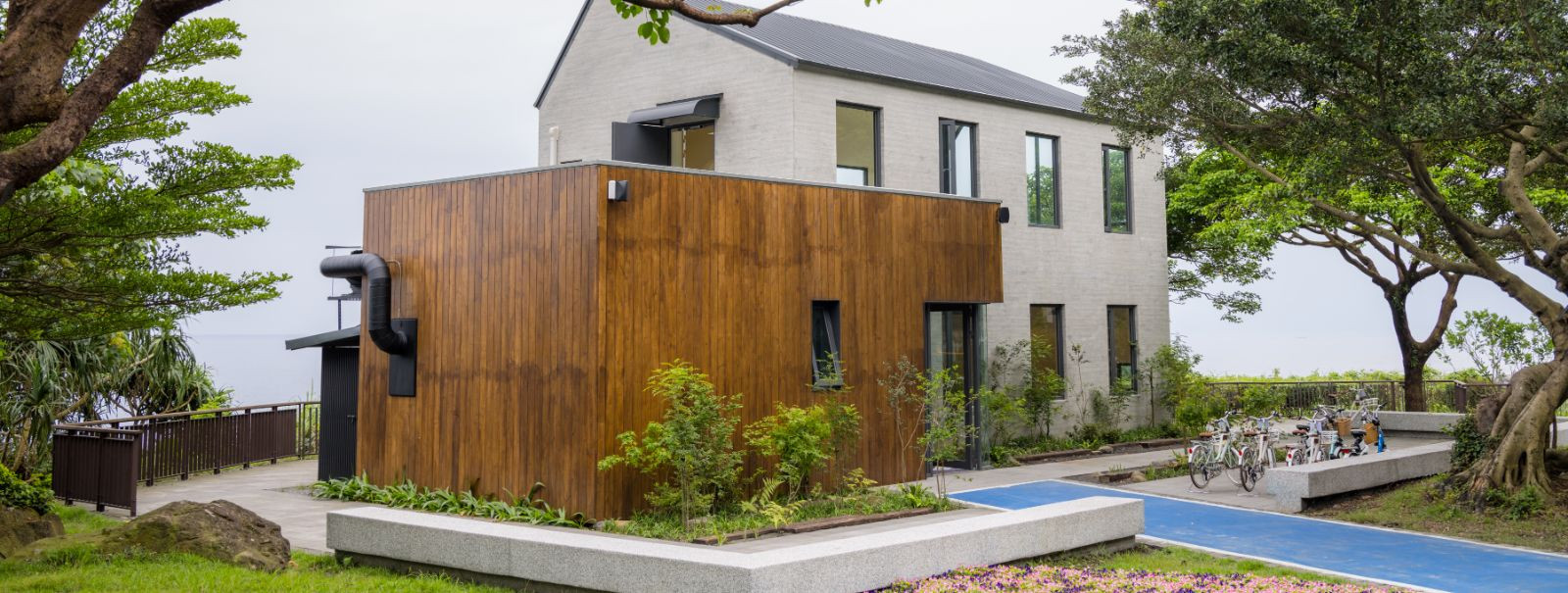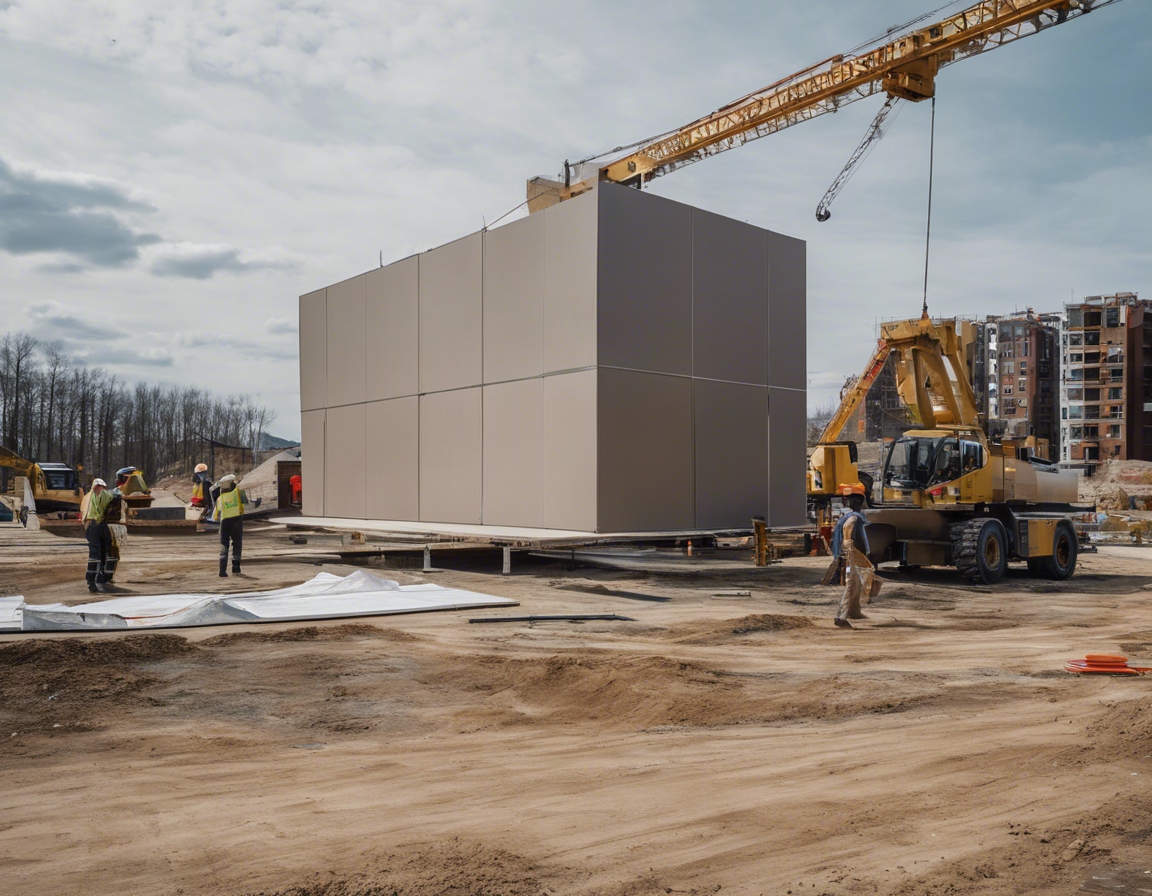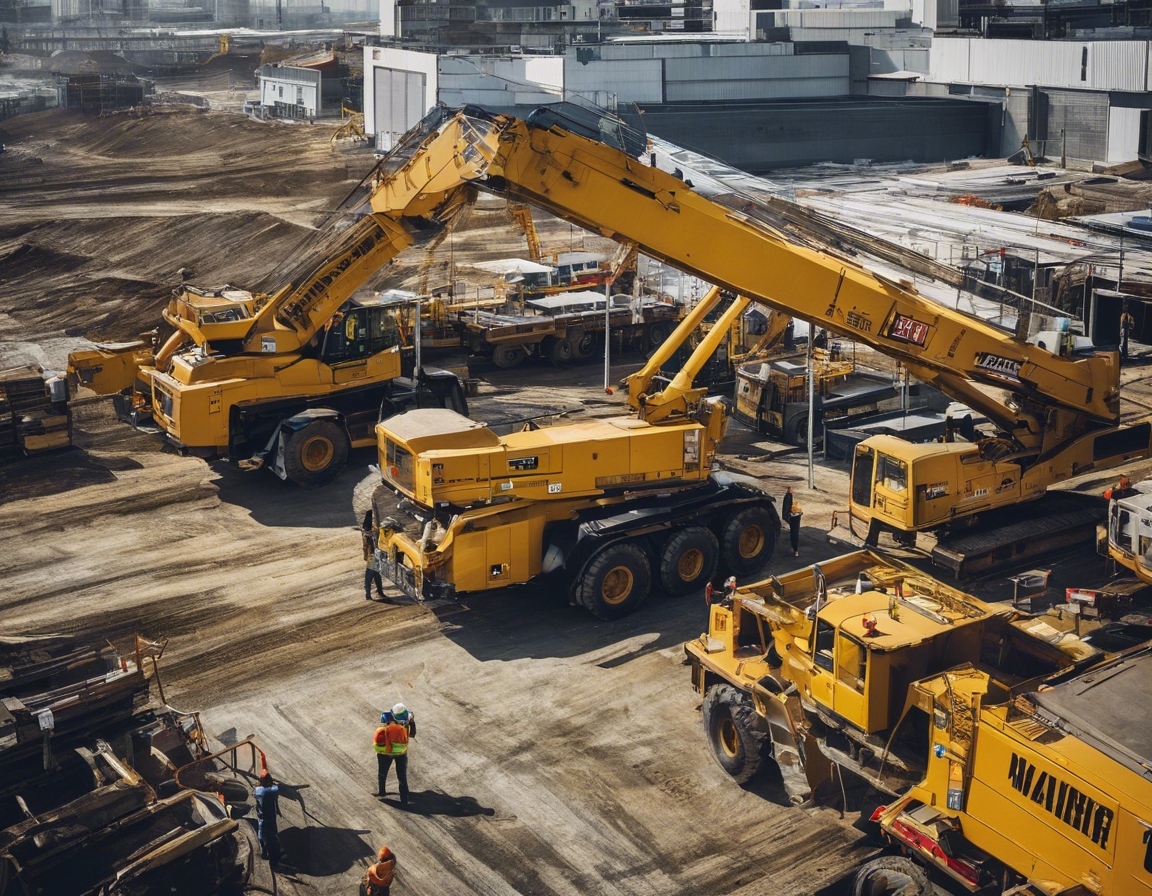The future of construction: modular house installation
Modular construction is a process where buildings are constructed off-site, under controlled plant conditions, using the same materials and designed to the same codes and standards as conventionally built facilities – but in about half the time. The evolution of modular construction has been propelled by advancements in technology and a growing concern for sustainable building practices.
Modular construction offers numerous benefits including reduced construction time, less waste, cost savings, and improved quality control. Additionally, the flexibility of modular design allows for customization and scalability.
The modular construction industry is witnessing a surge in popularity, driven by the housing shortage, urbanization, and the push for greener building practices. Innovations such as 3D printing and eco-friendly materials are shaping the future of modular homes.
The Modular House Installation Process
The design and planning stage is critical in modular construction. It involves architects, engineers, and clients working together to create a detailed blueprint that ensures all modules will fit perfectly when assembled on-site.
Modules for houses are manufactured in a factory setting, where environmental factors are controlled, and efficiency is maximized. This stage involves various trades working simultaneously to complete different aspects of each module.
Once modules are constructed, they are transported to the building site. This requires careful planning to ensure the modules are delivered safely and on schedule.
The final step is the on-site assembly. Modules are positioned and secured together to form a complete structure. This phase can be completed in a matter of days, depending on the size and complexity of the project.
Technological Advancements in Modular House Installation
State-of-the-art design software allows for precise planning and customization of modular homes. These tools enable architects to create detailed 3D models that can be adjusted before any construction begins.
Automation in the production of modules ensures consistency and quality while reducing manual labor and the potential for errors.
Installing modular homes requires precise lifting and positioning equipment. Technological advancements have led to the development of more sophisticated machinery that enhances safety and efficiency during installation.
Challenges and Considerations
Modular construction must navigate various building codes and zoning regulations, which can vary significantly from one region to another.
Transporting large modules can present logistical challenges, including route planning, load restrictions, and the need for special permits.
Maintaining high standards of quality control is essential in modular construction. This includes monitoring the production process and ensuring that all modules meet the required specifications.
Environmental Impact and Sustainability
Modular construction is known for its reduced waste and energy-efficient processes, which contribute to a smaller environmental footprint.
The use of sustainable materials and practices is increasingly common in modular construction, further enhancing its environmental benefits.
The Role of VAHUR LÕOKESE OÜ in Modular House Installation
VAHUR LÕOKESE OÜ specializes in providing precise and secure lifting operations for modular house installations. With a focus on safety and reliability, our services are tailored to meet the unique needs of each construction project.
We offer custom solutions that cater to the specific requirements of modular construction projects, ensuring that every installation is carried out with the utmost efficiency and precision.







Comments (0)